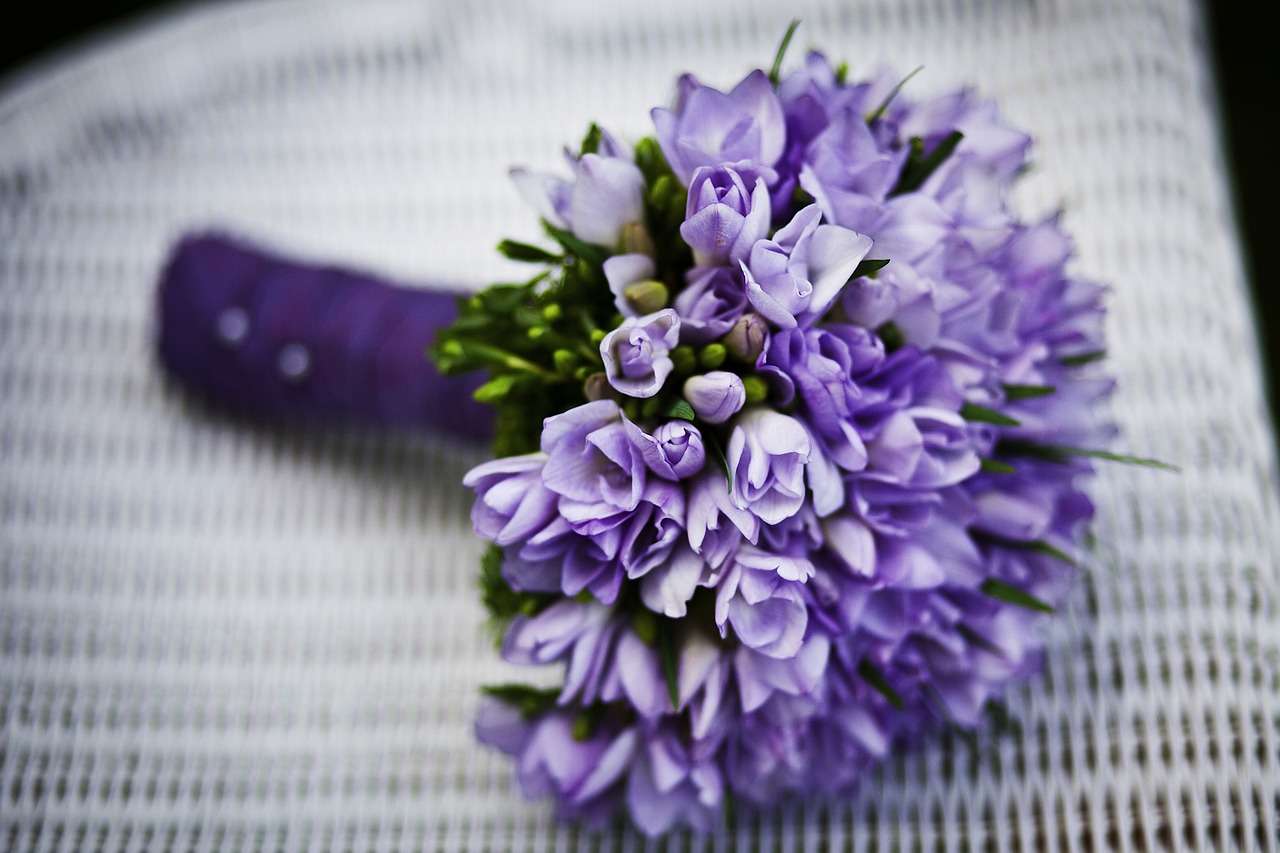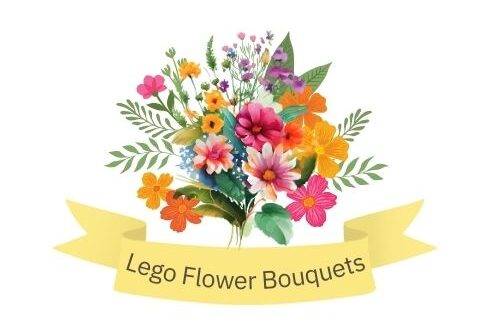Finding the right balance between aesthetics and usefulness in gardening is difficult. Limonium flowers are a pleasant option for beginners and seasoned gardeners. Any green thumb may enjoy growing Limonium plants for their delicate papery blossoms and surprising endurance.

Limonium Flower Meaning
The Limonium flower is also called sea lavender, marsh rosemary, or Statice. This flower is unique in its meaning across various cultures. Limonium is often associated with remembrance, sympathy and condolence, success, and perseverance. The white limonium flower is associated with beauty, grace, love, and lasting bonds. That is why these flowers are considered a great choice for gifts to loved ones.
Choosing the Right Variety: Limonium Pacific Mix
Success in limonium gardening depends on choosing the proper kind. The Static Limonium Pacific Mix is a popular choice for gardeners seeking beauty and simplicity of maintenance. This brilliant blend of peaceful blues, delicate pinks, and royal purples will make any yard lovely.
Limonium Pacific Mix flexibility is a significant benefit. These blossoms enhance any environment as border highlights, garden bed fillers, or beautiful floral additions. Their hardiness and adaptability make them perfect for gardeners seeking low-maintenance yet stunning flora.
Ideal Growing Conditions for Limonium
The Limonium blooms are resilient, but they need perfect growth conditions to thrive. These plants love full sun and well-drained soil, making them ideal for coastal gardens and sunny settings. Their salt resistance makes them suitable for coastal areas where other plants struggle.
Care and upkeep are necessary to enhance limonium flower development and blooming. Once planted, the plant needs little water, but frequent deadheading extends the blooming season. Divide perennials in spring or fall to propagate new plants and sustain old ones.
Cultivating Limonium in Your Garden
A few guidelines may help new limonium growers succeed. Start with high-quality seeds or young seedlings from trusted suppliers for solid and healthy plants. Appropriate spacing and soil conditions may also boost growth and flowering.
Limoniums are resilient and low-maintenance, making them easy to care for. Regular watering during dry seasons and periodic fertilizing may promote healthy development and beautiful flowers. Additionally, monitoring for pests and diseases and taking action helps protect your Limonium garden.

Creating stunning floral arrangements with Limonium
Besides their attractiveness in the yard, limonium blooms make stunning floral arrangements. Their fragile papery blossoms provide texture and intrigue to bouquets and centerpieces. Pair limonium with roses, dahlias, or lisianthus to make lovely flower arrangements.
Limonium blooms last longer in floral arrangements. Their papery and durable petals make them suitable for fresh and dried arrangements. Limonium blossoms are hung upside down in an excellent dry spot to retain their beauty. Dried limoniums may be utilized in crafts or as long-lasting floral decorations.
To obtain the required look, try various limonium flower arrangements. Limonium may be placed freely for a rustic garden-inspired design or firmly for a more formal look, giving unlimited creative options. Eucalyptus and ferns offer depth and complexity to flower arrangements, improving their appearance.
Expanding Your Garden Palette: Companion Planting With Limonium
Limonium blooms are beautiful alone and great companions for many garden plants. Limonium may be used with other blooming perennials and annuals to create vibrant and harmonious garden designs. Their lightly misty blossoms contrast with the solid textures and colors of salvia, lavender, and ornamental grasses.
Limonium companion planting adds beauty and functionality to your yard. Their drought tolerance and coastal resistance make them useful in garden beds and borders to store moisture and protect beneficial insects. They also attract bees and butterflies, with their long-lasting blossoms sustaining an ecosystem.
To promote compatibility and harmonic development, consider sun exposure, soil type, and water needs when choosing Limonium companion plants. Taller plants behind Limonium provide depth and structure while low-growing ground covers their tiny blossoms. Limonium may be carefully used to create a beautiful year-round garden.
Creative Uses for Limonium Flowers
Limonium flowers are often used in garden beds and floral arrangements, but they have many more uses. There are many inventive ways to use limonium blossoms in home design and cooking. Add natural beauty to your house by decorating handcrafted candles or potpourri with dried limonium flowers.
Limonium flowers give a distinctive taste to culinary preparations. Their delicate petals give color and a flowery scent to salads, desserts, and drinks. Use organic pesticide-free Limonium flowers for food safety, and wash them well before cooking.
Artistic uses of Limonium flowers include botanical drawings and pressed flower crafts. These delicate flowers are perfect for botanical art, and pressed limonium blossoms may be used to produce greeting cards, bookmarks, and framed art. Explore Limonium Flowers’ creative ability to provide beauty and inspiration inside and out.
Limonium in Container Gardening: Elevating Small Spaces
Container planting lets you add limonium flowers to your outdoor living spaces without taking up much room. Limonium flowers in pots can brighten even the smallest balcony patio or deck. Use limonium pots with drainage holes to avoid waterlogging and maintain soil moisture.
Combining limonium with complementing foliage and trailing vines adds texture and complexity to container displays. Different pot heights and sizes provide visual variety, and combining pots may resemble a garden’s lush richness. Trellises and stakes may support climbing limoniums, adding to their vertical appeal.
Potted limoniums may dry up faster than those in the ground, so check soil moisture levels generously often for good development and flowering when the top inch of soil feels dry, and fertilize periodically. Container-grown limonium may brighten your outdoor retreat with appropriate care.

Limonium as a Sustainable Garden Choice
Sustainable gardening and plant choices are more vital than ever in an environmentally conscious society. Limonium flowers are great for eco-conscious gardeners because of their many advantages. Limonium species flourish with little water and fertilizer since they are native coastal plants.
Limoniums thrive in drought and coastal environments, making them suitable for xeriscaping. Using limonium in xeriscape designs reduces water use and chemical inputs and creates resilient, low-maintenance landscapes that sustain local biodiversity.
Limonium blooms help pollinators, including bees, butterflies, and hummingbirds, and they offer environmental advantages. Their long-lasting flowers serve as pollinators with nectar and pollen throughout the season, supporting healthy populations and garden biodiversity. Gardeners may preserve natural ecosystems by growing limonium flowers and creating beautiful wildlife-friendly gardens.
Conclusion
Growing limonium flowers in your yard is beautiful, versatile, and sustainable. Limonium plants delight beginners and seasoned gardeners with their vivid flowers and durability in challenging situations. Limonium beauty shines in garden beds, flower displays, and container gardening. By adding these coastal gems, your garden will look beautiful and help natural ecosystems and pollinators. Let limonium’s timeless beauty inspire you to create a vibrant, creative, and natural garden.


